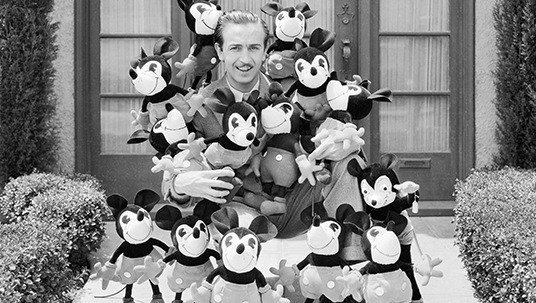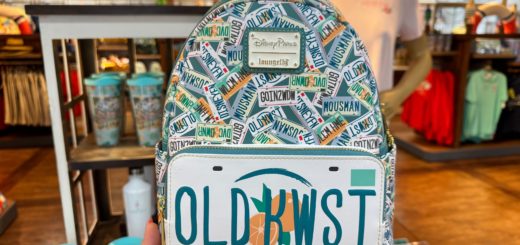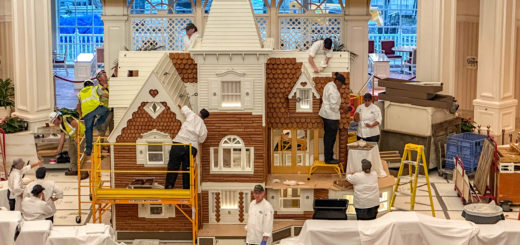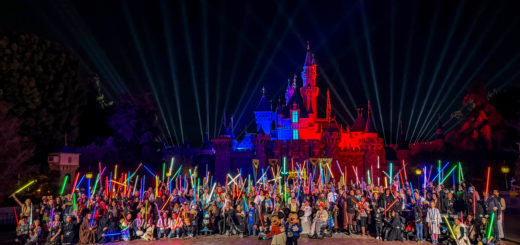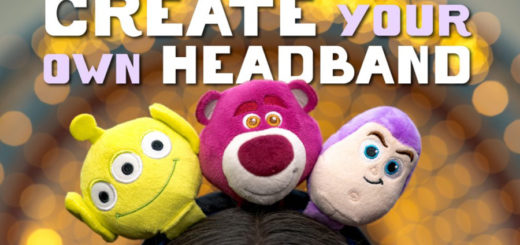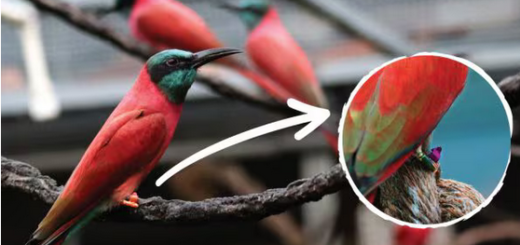Disney by the Decade: The 1930s, the Dawn of the Disney Princess
Throughout his career, Walt Disney proved time and again how unconventional he was.
Perhaps the best example of his counterintuitive thinking occurred during the 1930s.
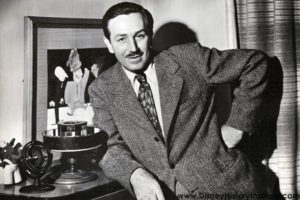

Photo: Disney History Institute
In the wake of the Wall Street Crash of 1929, America entered the Great Depression, a time of economic ruin.
What did Walt Disney do during the early 1930s? He spent an unprecedented $1.5 million on the world’s first feature-length cel-animated movie.
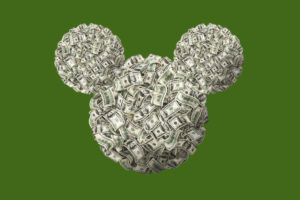

Photo: Washington Post
In the latest Disney by the Decade, we’ll discuss the 1930s, the time when Walt Disney established himself as a generational talent.
The Benefits of Mickey Mouse
As we discussed last time, history forced Walt Disney to improvise on the fly.
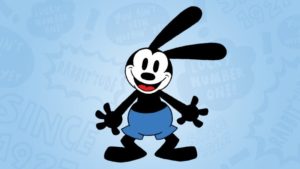

Photo: Disney
The animator had already created a beloved character, Oswald the Lucky Rabbit. Alas, The Walt Disney Company hadn’t trademarked its own creation.
Instead, Universal Pictures gained rights to Oswald, something Walt Disney discovered during a brutal meeting with a business associate he’d trusted.


Universal Logo
In the aftermath of that meeting, Disney found himself lacking his creation, his chief source of income, and almost all his staff.
The first employees of Walt and Roy Disney’s new business left the company to join Universal Pictures and create their own Oswald cartoons.
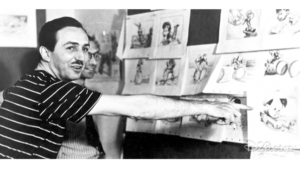

Photo: Disney
Left with no other options, Walt Disney brainstormed during his three-day train ride back to California.
What should have been the worst moment of Disney’s life turned into his greatest triumph. During that trip, the creator invented Mickey Mouse.
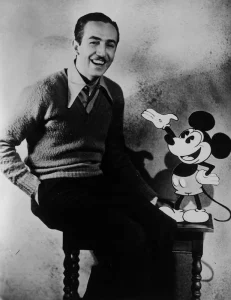

Photo: Time
By the start of 1930, the star of Steamboat Willie had evolved into the most popular cartoon icon in the world.
In less than two years, Walt Disney fully reset the course of his entire life.
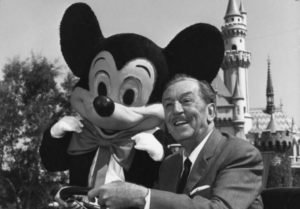

Photo: Los Angeles Magazine
A Mouse Meets Two Ducks
Walt Disney had learned from his mistakes with Oswald, though. One cartoon character isn’t enough. He needs friends and antagonists to tell a story.
During the early 1930s, all the other members of the Sensational Six debuted. Donald Duck first appeared in The Wise Little Hen in 1934.
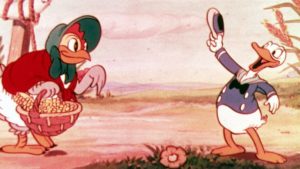

Photo: D23
This character merits special mention because Donald Duck could do all the things that Mickey Mouse couldn’t.
The duck could grow angry, throw tantrums, and suffer many hardships. In short, the temperamental duck’s presence underscored Mickey’s best traits: kindness, patience, and an unflappable disposition.
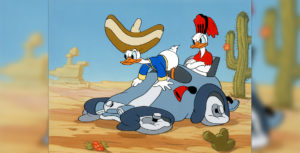

Photo: D23
For his part, Walt Disney loved the idea of double dates as comedic opportunities. So, Donald met the love of his life, Daisy Duck, in 1937’s Don Donald.
Like Mortimer/Mickey Mouse, Daisy’s original name didn’t stick. She was Donna Duck at the time. Daisy’s better, right?
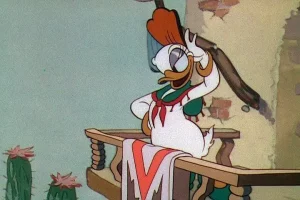

Photo: DuckTalks
Amusingly, Disney would bring back Donna as a rival for Donald’s affections during the 1950s.
Meet the Sensational Six
Meanwhile, Minnie Mouse had been there since the beginning.
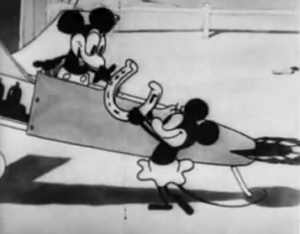

Photo: wikipedia
The character appeared in Plane Crazy, the first Mickey Mouse short, and Steamboat Willie, the more recognized story.
Minnie and Daisy joined their fellas, Mickey and Donald, in many 1930s adventures.
Of course, human couples need pets, a thought process that directly led Walt Disney to create Pluto.
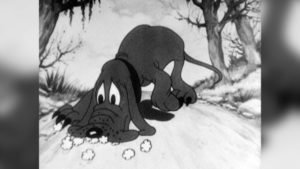

Photo: D23
The adorable pup first appeared in 1930’s The Chain Gang.
Meanwhile, Goofy, whom I’m never quite sure whether to describe as a pet, arrived in 1932…as Dippy Dawg in Mickey’s Revue.
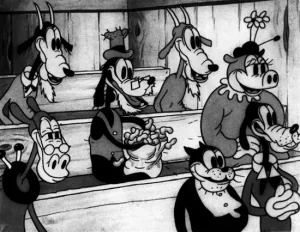

Photo: Disney Parks Blog
By 1934, Disney had created Orphan’s Benefit and renamed Mickey’s canine buddy to Goofy.
All these characters proved immediately popular…like unbelievably so. Every adventure of the Sensational Six gained a global audience.
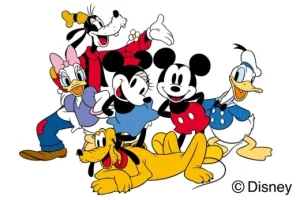

Photo:Disney
At a time of economic upheaval, seemingly everything Walt Disney touched turned to gold.
Due to the struggles of virtually all other businesses, Disney’s triumph stood out that much more and garnered disproportionate headlines due to the media’s newfound obsession with Tinseltown.
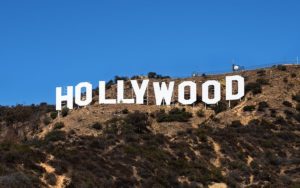

Photo: wikipedia
The Next Frontier
Even though Walt Disney and his brother dominated the early 1930s with their slew of animated shorts, they heard the industry-wide criticism.
Feature film producers sneered dismissively at these cartoon shorts, the frivolous distractions that aired before the actual movies.


Photo:Spokesman.com
Hollywood deemed Disney’s content the appetizer before the entrée. Disney bristled at this notion and sought to prove his critics wrong.
The Disney brothers put their bank accounts on the line to show that they were the masters of storytelling, not just the field of comedic short films.
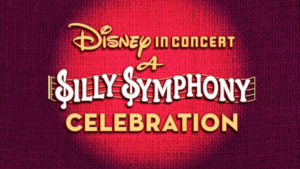

Photo: D23
By this point, Disney’s Silly Symphony animated shorts had proven nearly as popular as Mickey Mouse.
In fact, Walt Disney won his first Academy Award for one of the Silly Symphony shorts, Flowers and Trees.
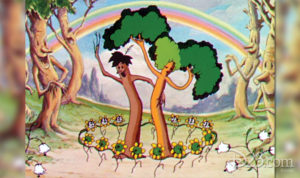

Photo: D23
Nobody questioned that Walt Disney dominated the short film industry.
His naysayers maintained that Disney’s work was less significant due to its duration, though.
Snow White and the Seven Dwarfs ended all arguments about this subject.
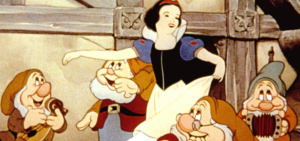

Photo: Disney
A Big Idea and an Even Bigger Problem
Roughly 125 years after the Grimm Brothers wrote the Snow White fairy tale, the Disney brothers decided to adapt it into a feature film.
The drawback of this process stemmed from the level of work required.
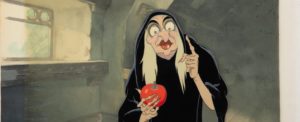

Photo: Van Eaton Galleries
For a conventional live-action movie, the camera does all the work, recording each frame of action.
Animation demands more of its creators. Each frame must be created anew.
When Ub Iwerks illustrated Disney’s first Mickey Mouse short, Plane Crazy, he famously created 700 drawings in a single day.
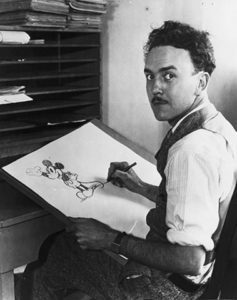

Photo: TMDB.org
A modern animator (rightfully) feels overworked if they create 100 in a week. It’s the reason why the industry shifted to computer animation, which can save digital likenesses.
None of this was possible during the 1930s. Instead, the Disneys – without Iwerks, who left for the body of the decade – started Snow White from scratch.
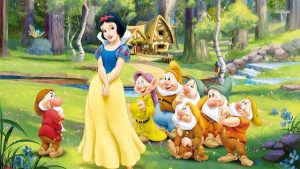

Photo: Disney
Disney believed that he could tell a 125-year-old fairy tale in a way that would captivate modern audiences, and he put his money where his mouth was.
The company spent $1,499,000 on what would become Snow White and the Seven Dwarfs. That’s the equivalent of $32 million today, which sounds modest.
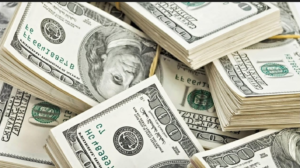

Photo: skillastics.com
You must remember that society suffered from the Great Depression at the time, though. Disney’s investment seemed like the height of folly and recklessness.
In fact, the notoriously mean Hollywood media at the time dismissed the project as a fool’s errand. They called Snow White “Disney’s Folly.”
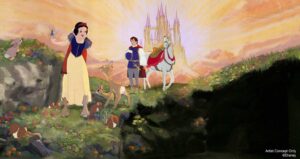

Photo: Disney
These critics of the 1930s learned what Charles Mintz of Universal Pictures had during the 1920s. Never underestimate Walt and Roy Disney.
Disney’s Expensive Gamble
I won’t pretend like Disney’s first feature-length animated movie went smoothly.


Photo: Disney
Walt and Roy Disney dramatically miscalculated the expense of the project. It cost a factor of six more than they’d expected.
Still, Walt Disney threw his heart into the production. He’d act out scenes for the animators, so they’d understand his intent.
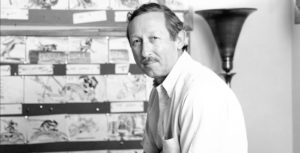

Photo: D23
For his part, Roy Disney wasn’t convinced of the project’s appeal. He enlisted Lillian Disney’s help to talk her husband out of the idea. Thankfully, both family members failed.
Walt Disney was devout in his belief that a Snow White animated movie would succeed. History proved him not just correct but a visionary genius.
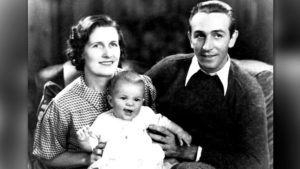

Photo: D23
Still, the project came at a cost…and I mean a literal one. Walt and Lillian Disney mortgaged their house to pay for part of it.
Then, with the film still incomplete, Walt Disney had to screen an early copy for a bank executive. Otherwise, Disney lacked the money to complete the film.
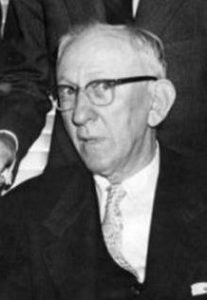

Photo: Wikipedia
Fortunately, legendary Hollywood bank executive Joseph Rosenberg knew a blockbuster hit when he saw one. He agreed to give Disney $250,000 to finish Snow White.
Rosenberg never once regretted that decision.
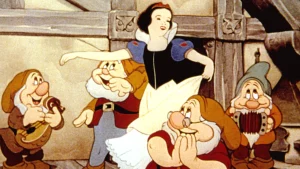

Photo: The Hollywood Reporter
Disney’s Folly Wins in the End
On December 21st, 1937, Disney hosted the world premiere of Snow White and the Seven Dwarfs at Carthay Circle Theatre.
Yes, whenever you visit Carthay Circle Restaurant at Disney California Adventure, you’re paying tribute to Snow White!
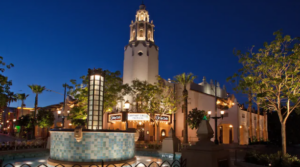

Image Credit: Disney
Disney’s screening proved triumphant beyond anyone’s wildest dreams.
Snow White sold so many tickets that it remains one of the best box office hits ever once we adjust for inflation.


Photo: CNBC
While Snow White and the Seven Dwarfs earned only one Oscar nod, the Academy gave Disney an Honorary Academy Award the following year for his achievement.
Disney won one big statue and seven miniature ones as a tribute to the Seven Dwarfs.
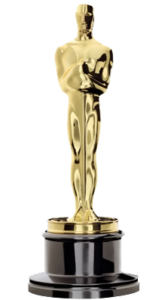

Photo: Wikipedia
Disney in the 1930s
When we evaluate the sum total of Disney history, a few decades stand out the most.
During the 1930s, Walt Disney and his team of animators earned an almost incomprehensible 16 Academy Awards nominations for 16 different short films, plus Snow White and the Seven Dwarfs.
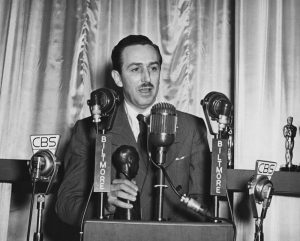

Photo: Disney
Disney won eight Oscars during this decade. The reason its projects only won half the time is because they were competing with themselves.
The company earned dual nominations in Best Short Subject (Cartoon) five times in ten years!
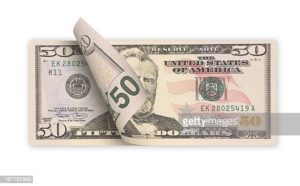

Photo: Getty
Meanwhile, Snow White and the Seven Dwarfs has generated more than $1.1 billion from box office and home video revenue alone. And I’m citing a 2001 report here. It’s an even larger number today.
During the 1920s, Walt and Roy Disney established themselves as the tycoons of animated shorts.
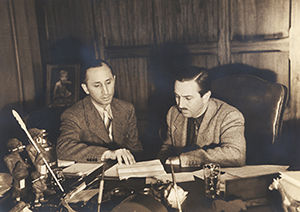

Photo:waltdisney.org
In the 1930s, the brothers proved they could create the highest quality feature-length stories as well.
After dominating two straight decades, they started 1940 with tremendous optimism for the future as Ub Iwerks came home that year.
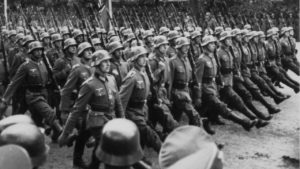

Photo: CNN
Alas, a war proved the one obstacle even Disney couldn’t overcome. We’ll discuss Disney during World War II in the next Disney by the Decade article.
Thanks for visiting MickeyBlog.com! Want to go to Disney? For a FREE quote on your next Disney vacation, please fill out the form below and one of the agents from MickeyTravels, a Diamond level Authorized Disney Vacation Planner, will be in touch soon!
Photo: D23


